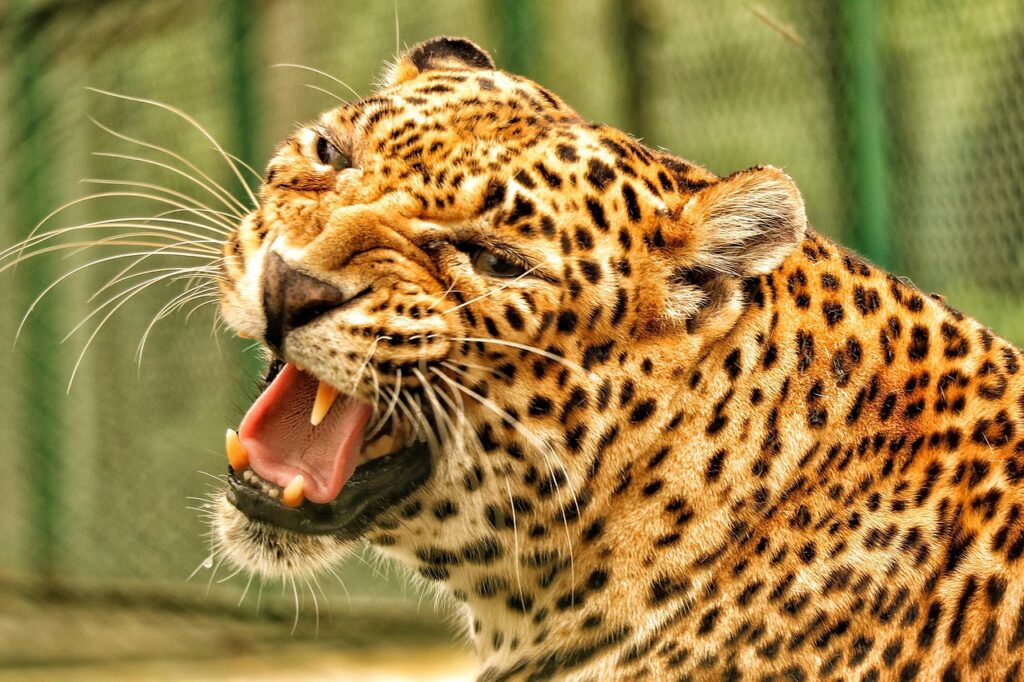This Actually Happened

Dangerous Wildlife
In 2014, a series of leopard attacks shook the eastern edges of Mumbai. The city, one of the most densely populated on Earth, borders **Sanjay Gandhi National Park** — a protected green space of 100 square kilometers that’s also home to more than 40 wild leopards.
As urban sprawl crept closer, so did encounters. That summer, a 14-year-old boy was dragged by a leopard near a slum settlement. The animal had entered the area through a broken fence near a garbage dump that attracted stray dogs — a major draw for leopards hunting easy prey. Tragically, the boy did not survive.
It wasn’t an isolated case. In the years before and after, similar incidents occurred — mostly at night, and often involving children in poorly lit areas. But the story doesn’t end in fear. It led to action.
Conservationists, park authorities, and local communities began working together to install lights, reinforce fencing, and conduct educational campaigns. Leopard behavior was monitored using camera traps, and efforts were made to manage waste that attracted prey animals into human areas. Villagers were taught what to do — and not do — during a sighting. And the attacks slowed dramatically.
What happened in Mumbai is not just a story of loss — it’s a case study in coexistence. Leopards didn’t invade the city. The city grew into their territory. And in learning how to adapt, humans found that fear could be replaced with awareness. In places like Sanjay Gandhi National Park today, leopards and people still live close — but now, they see each other better.
As urban sprawl crept closer, so did encounters. That summer, a 14-year-old boy was dragged by a leopard near a slum settlement. The animal had entered the area through a broken fence near a garbage dump that attracted stray dogs — a major draw for leopards hunting easy prey. Tragically, the boy did not survive.
It wasn’t an isolated case. In the years before and after, similar incidents occurred — mostly at night, and often involving children in poorly lit areas. But the story doesn’t end in fear. It led to action.
Conservationists, park authorities, and local communities began working together to install lights, reinforce fencing, and conduct educational campaigns. Leopard behavior was monitored using camera traps, and efforts were made to manage waste that attracted prey animals into human areas. Villagers were taught what to do — and not do — during a sighting. And the attacks slowed dramatically.
What happened in Mumbai is not just a story of loss — it’s a case study in coexistence. Leopards didn’t invade the city. The city grew into their territory. And in learning how to adapt, humans found that fear could be replaced with awareness. In places like Sanjay Gandhi National Park today, leopards and people still live close — but now, they see each other better.
